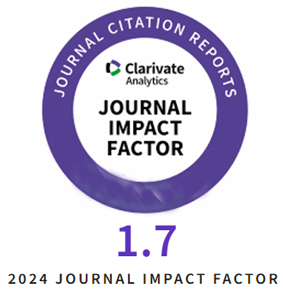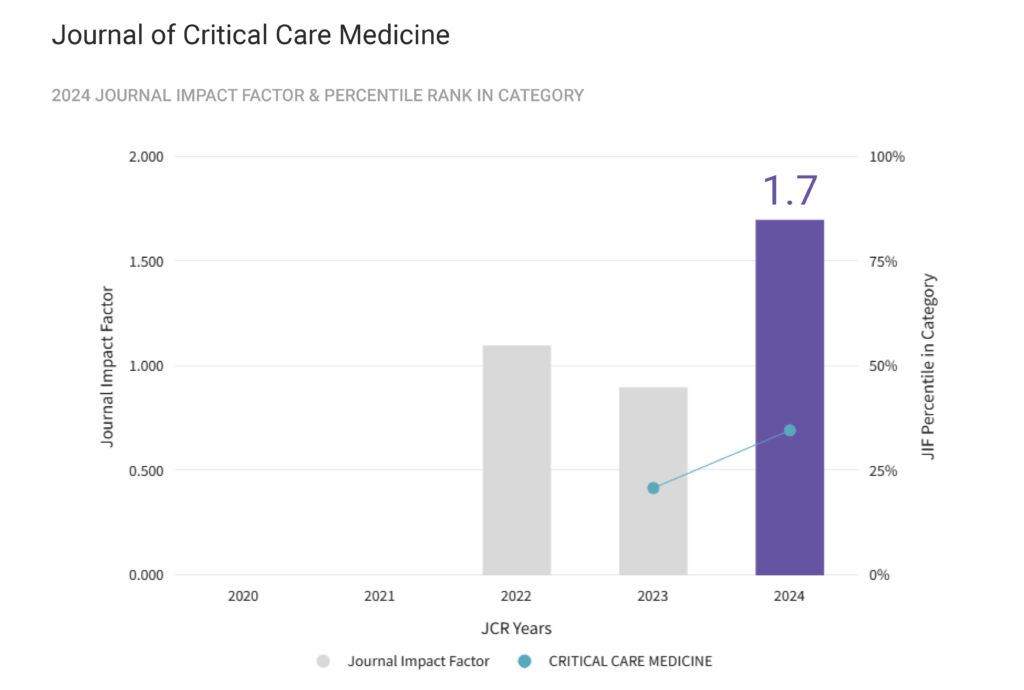Introduction: Holmium Laser Enucleation of the Prostate (HoLEP) is a widely used minimally invasive surgical technique for benign prostatic hyperplasia (BPH), offering advantages such as reduced bleeding, shorter hospitalization, and elimination of TURP syndrome. However, complications related to fluid absorption and capsular perforation can still occur. We report a rare case of severe refractory metabolic acidosis and acute abdominal compartment syndrome (ACS) following HoLEP.
Case Presentation: A 74-year-old male with diabetes and hypertension underwent HoLEP for a 180-ml prostate, during which 106 liters of normal saline irrigation were used over three hours. Intraoperatively, the patient developed sudden respiratory distress and hypotension, with arterial blood gas analysis revealing severe metabolic acidosis (pH 7.141, HCO₃ 11 mEq/L, Cl 115 mEq/L), primarily due to excessive saline absorption and hyperchloremia. The patient required intubation, vasopressor support, and emergency dialysis due to worsening hemodynamic instability. Postoperative imaging revealed intra-abdominal fluid collection, which was drained percutaneously. After two days of intensive ICU management, the acidosis resolved, and the patient was successfully extubated.
Conclusion: This is the first case highlighting the potential risks of normal saline absorption and the effect of capsular perforation, which caused ACS and refractory acidosis, and required CRRT due to the prolonged duration of HoLEP.
Tag Archives: abdominal compartment syndrome
Intraabdominal hypertension is less common than it used to be: A pilot step wedge trial
Objective: This is a pilot study to determine the feasibility of a multicentre stepped wedge cluster randomized trial of implementing the 2013 World Society of the Intraabdominal Compartment Syndrome (WSACS) guidelines as an intervention to treat intraabdominal hypertension (IAH) and abdominal compartment syndrome (ACS) in critically ill patients.
Design: Single-centre before-and-after trial, with an observation / baseline period of 3 months followed by a 9-month intervention period.
Setting: A 35 bed medical-surgical-trauma intensive care unit in a tertiary level, Canadian hospital.
Patients: Recruitment from consecutively admitted adult intensive care unit patients.
Intervention: In the intervention period, treatment teams were prompted to implement WSACS interventions in all patients diagnosed with IAH.
Measurements and Main Results: 129 patients were recruited, 59 during the observation period and 70 during the intervention period. Only 17.0% and 12.9%, respectively, met diagnostic criteria for IAH. Many recruited patients did not have intraabdominal pressures measured regularly per study protocol. There was no difference in ICU mortality for patients in either cohort or between those with and without IAH.
Conclusions: The incidence of IAH in our patient population has decreased significantly since 2015. This is likely due to a significant change in routine care of critically ill patients, especially with respect to judicious goal-directed fluid resuscitation. Patient recruitment and protocol adherence in this study were low, exacerbated by other staffing and logistical pressures during the study period. We conclude that a larger multicentre trial is unlikely to yield evidence of a detectable treatment effect.
Abdominal Compartment Syndrome as a Multidisciplinary Challenge. A Literature Review
Abdominal Compartment Syndrome (ACS), despite recent advances in medical and surgical care, is a significant cause of mortality. The purpose of this review is to present the main diagnostic and therapeutic aspects from the anesthetical and surgical points of view. Intra-abdominal hypertension may be diagnosed by measuring intra-abdominal pressure and indirectly by imaging and radiological means. Early detection of ACS is a key element in the ACS therapy. Without treatment, more than 90% of cases lead to death and according with the last reports, despite all treatment measures, the mortality rate is reported as being between 25 and 75%. There are conflicting reports as to the importance of a conservative therapy approach, although such an approach is the central to treatment guidelines of the World Society of Abdominal Compartment Syndrome, Decompressive laparotomy, although a backup solution in ACS therapy, reduces mortality by 16-37%. The open abdomen management has several variants, but negative pressure wound therapy represents the gold standard of surgical treatment.










